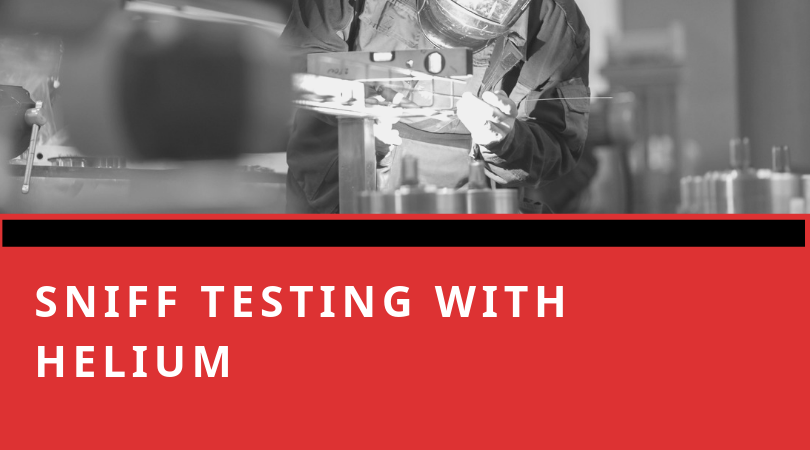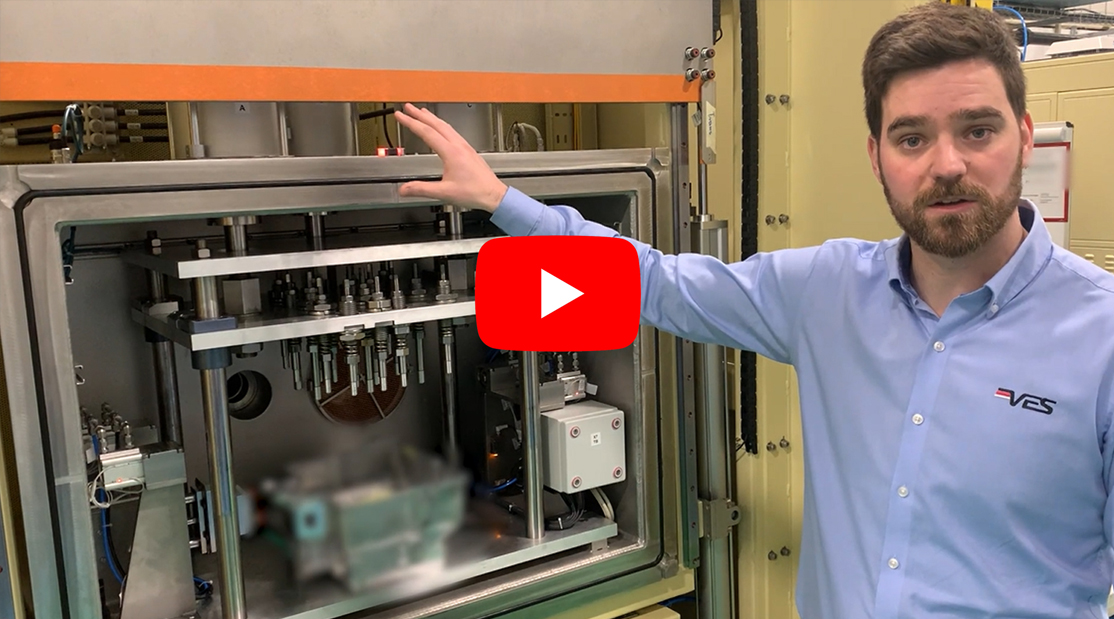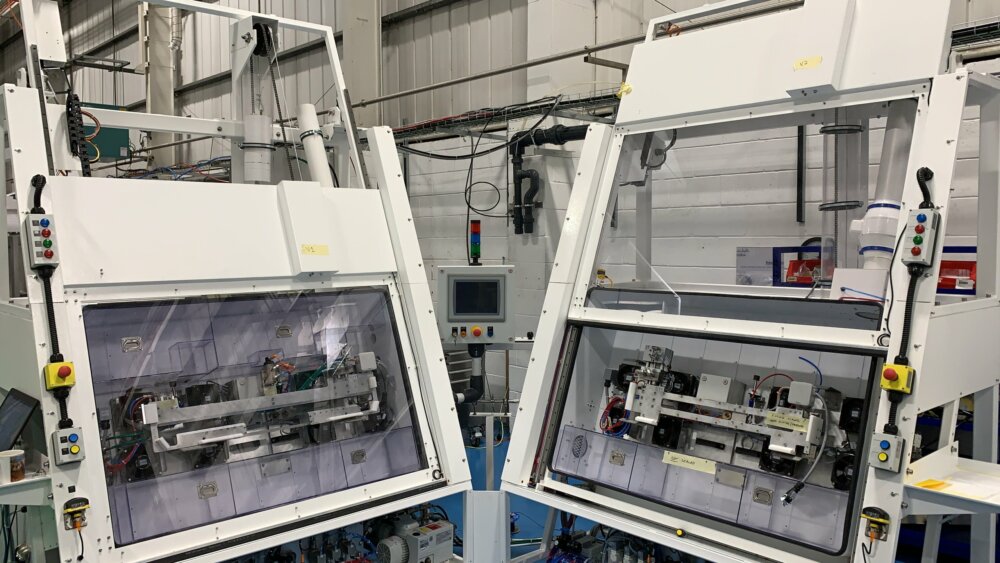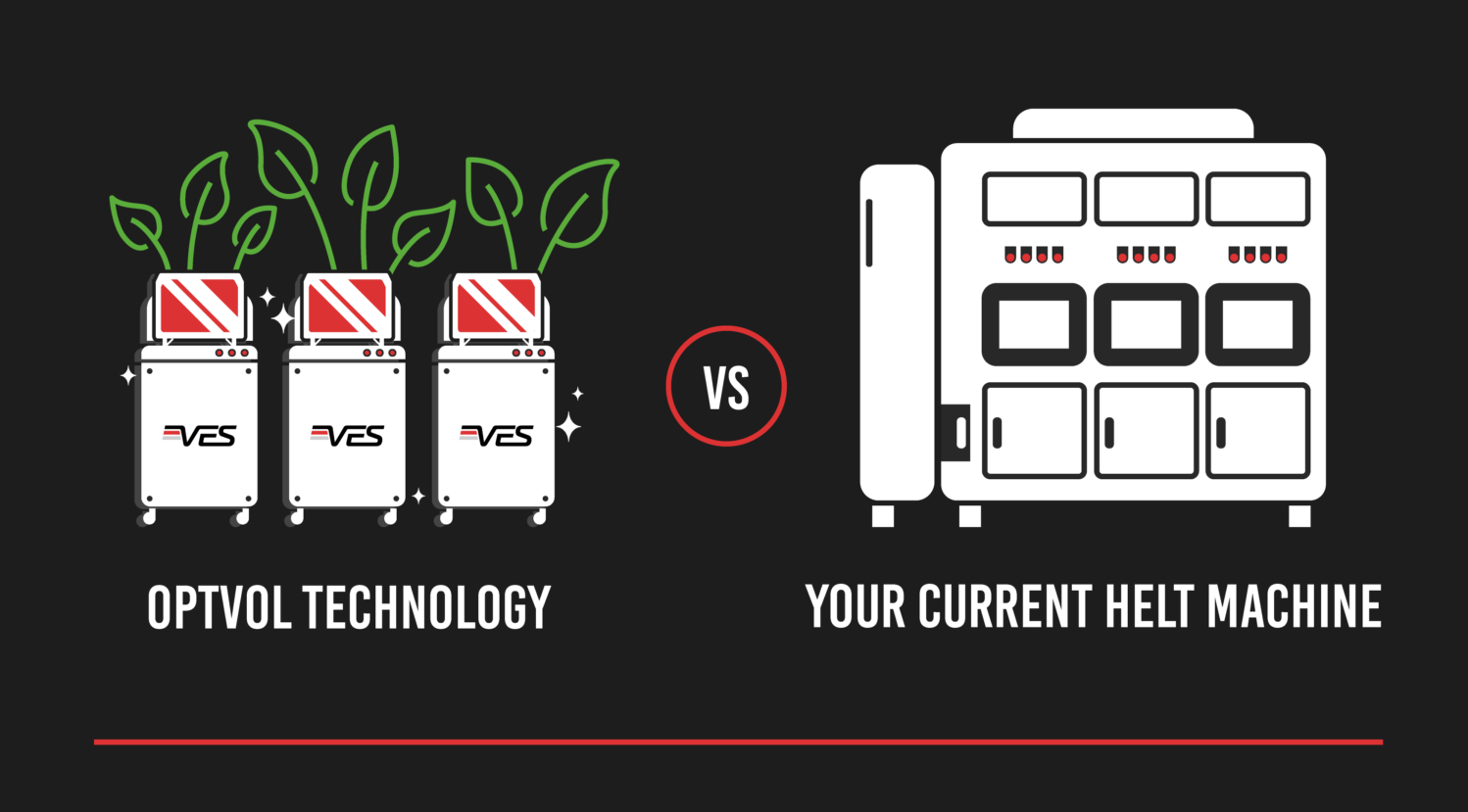Hard Vacuum isn't for you; your components/systems are too big? Or the chamber is too expensive for your throughput requirements? That's fine.
So you're interested in helium sniff testing to help identify leaky products and you want to know the basics?
This article looks to identify a few pros and cons and a few dos and don'ts when it comes to Sniff Testing with helium as the tracer gas. Although this is written from a helium specific viewpoint, a lot of the principles spoken about are true for sniff testing regardless of the tracer gas.
You look online and there are a lot of manufacturers offering solutions using quite a few varying technologies. So rather than looking outward, turn your focus internally to begin with and decide upon your test criteria. Make sure you have a good understanding of what leak paths you are testing. When you have a leak rate threshold that you're looking to achieve with your parts, at a specific test pressure, you begin your internet trawl of what leak detector might suit you best.
Choosing the detection method
What's on the market?
A quick understanding of what's on the market is really important; you'll see things such as 'thermal conductivity detector', 'selectively permeable membrane technology' or 'mass spectrometer detection' – all of which are bona fide detection methods, but you need to know what is going to suit you and be accurate enough for your application.
Thermal conductivity sensors usually check 'reference air' vs 'probed air' and apply a ratio of probe:reference in heat exchanged values to give you a leak test reading. An ideal ratio of 1:1 would suggest no leak, but you have a huge problem in ensuring your 'reference air' is actually what you say it is. If you are working in an environment where your tracer gas is used in a production environment, or for leak testing, that reference air is probably already contaminated! A lot of these probes come with pre-programmed factors which make them seem gas specific when you select them on the screen, but don't be fooled. The good news is they're cheap and cheerful!
A step-up in price will see you entering into the 'selectively permeable' detector range with an example of this being the Wise Sensor Technology used by Inficon's P3000 and P3000XL. It utilises a quartz window in front of an evacuated gas cell. Helium, and only helium, will permeate through the quartz and the small partial pressure increases inside the gas cell as helium molecules are ionised and attracted to a cathode.
The real benefit here is the selectivity, sensitivity and accuracy. You know you are detecting helium at the molecular level. They also have lower running costs as the equipment contains no high vacuum pumps.
Tracer gas detection via mass spectrometry is an extremely sensitive technique that is well proven. Most modern leak detectors will have a selectable sniff test function making them very versatile tools in a production setting. Gas flow is delivered to the mass spectrometer where helium molecules are ionised and accelerated toward a current detector, on route they are deflected via an electromagnet. The amount of deflection is based upon molecular weight and, as such, it is a very specific technique. In production mass, spectrometers are generally single poled, meaning they have only 1 electromagnetic coil and can only deflect a certain mass range. This style of helium detector often runs for 24 hours a day, 7 days a week, but might be considered "old hat" now Inficon are using the Wise sensor, which is selective for helium but has much fewer moving parts.
Why choose what?
Ok, so you've done your research, you have an understanding of how they work, but what do you choose?
The real way to answer this is to start breaking down the figures and your process. Helium is a popular tracer gas as it is inert, moves quickly and has no environmental impact. It also is present in our atmospheric air at 5 parts per million. As sniff testing is traditionally conducted in an atmospheric setting, this "background" has to be considered. It's fairly easy to imagine that a larger gas flow to a sensor in any of the aforementioned techniques will lead to an increased reading of this helium background. [Q (throughput) = P (Pressure)* S (Speed)].
Selective detectors will record this background level and zero the "noise" to ensure you are able to have resolution between background reading of helium in the atmosphere and any helium which may be egressing from your part. It is very important to understand exactly what you leak detector is doing, for example, a P3000 has what Inficon call an active background zero, so it suppresses background as it monitors it in real time. Any fluctuations in this background are immediately flagged on the operator screen. Other instruments may have a "static" zero in that if they read a signal stable for a set period of time the leak detector will zero away that signal – not great if you are holding your probe directly over a leak!
If you follow background theory then it is also fairly simple to see that the larger flow that you have through your sniffer probe, the further away you can be from a leak to detect the helium molecules to help you hone in on that tiny leak path. Imagine a hoover; if you were trying to suck a cobweb from one of those hard to reach places, one with a higher flow (if you just emptied the filter) is going to have more luck sucking it up than one with a weaker motor/constriction/full filter. The key here is to ensure that the sniffer device you are using is fit for your application; if you have a pipe mounted on a metal plate and you need to sniff the back of a joint you can't get the probe to, common sense indicates a high flow probe is going to have better luck sucking that helium from the back of the pipe to the front if there is a leak.
So you bought your sniffer, how do you use it?
The largest failing we see in production environments is not necessarily the choice of equipment; it usually comes down to technique. Helium sniff testing is a qualitative test as it is highly unlikely you will ever get the entire gas throughput of a leak path up the nozzle and to the detection apparatus, meaning it is never truly accurate in quantification, however, you can up your chances by sniff testing correctly.
Slowly traverse around suspect leak areas with the sniffer probe covering roughly 1cm per second with the nozzle. If the probe moves through a helium patch, you will see a response from the detection device. Continue to slowly traverse the suspect area to hone in on the leak path in conjunction with an ever-increasing signal from the detection device…. Cold, cold, cold, cold, warm, warm, warmer, hot!
Once you have a continuous peak signal, move your probe away from the leak path to "clean" air and allow the signal to settle back to background levels, once this happens, double check your leak path by placing the sensor back at the exact place you had the largest response on your detector.
Lastly – Calibration:
Wikipedia definition:
Calibration in measurement technology is the process of comparison of measurement values delivered by a device under test with a calibration standard of known accuracy.
If you offer your sniffer probe up to a gas and the warning lights go off, it is not calibrated. A warning light cannot be calibrated; it's a yes/no detection with no traceability to calibration standards. If the sensor type loses efficacy during its lifetime there is no way to recalibrate for this loss.
If you offer your sniffer probe up to an accredited test leak with controlled helium pressure behind it to a specific flow regime and you are able to calibrate your instrument to it, then you have a calibrated instrument to a known standard which is traceable.
If you are accountable for leak testing by your customers to a set flow regime at a set pressure, make sure your equipment is up to scratch too!
If you would like to learn more about this subject or how VES can help you, please Contact Us today. Our consultants operate worldwide.



